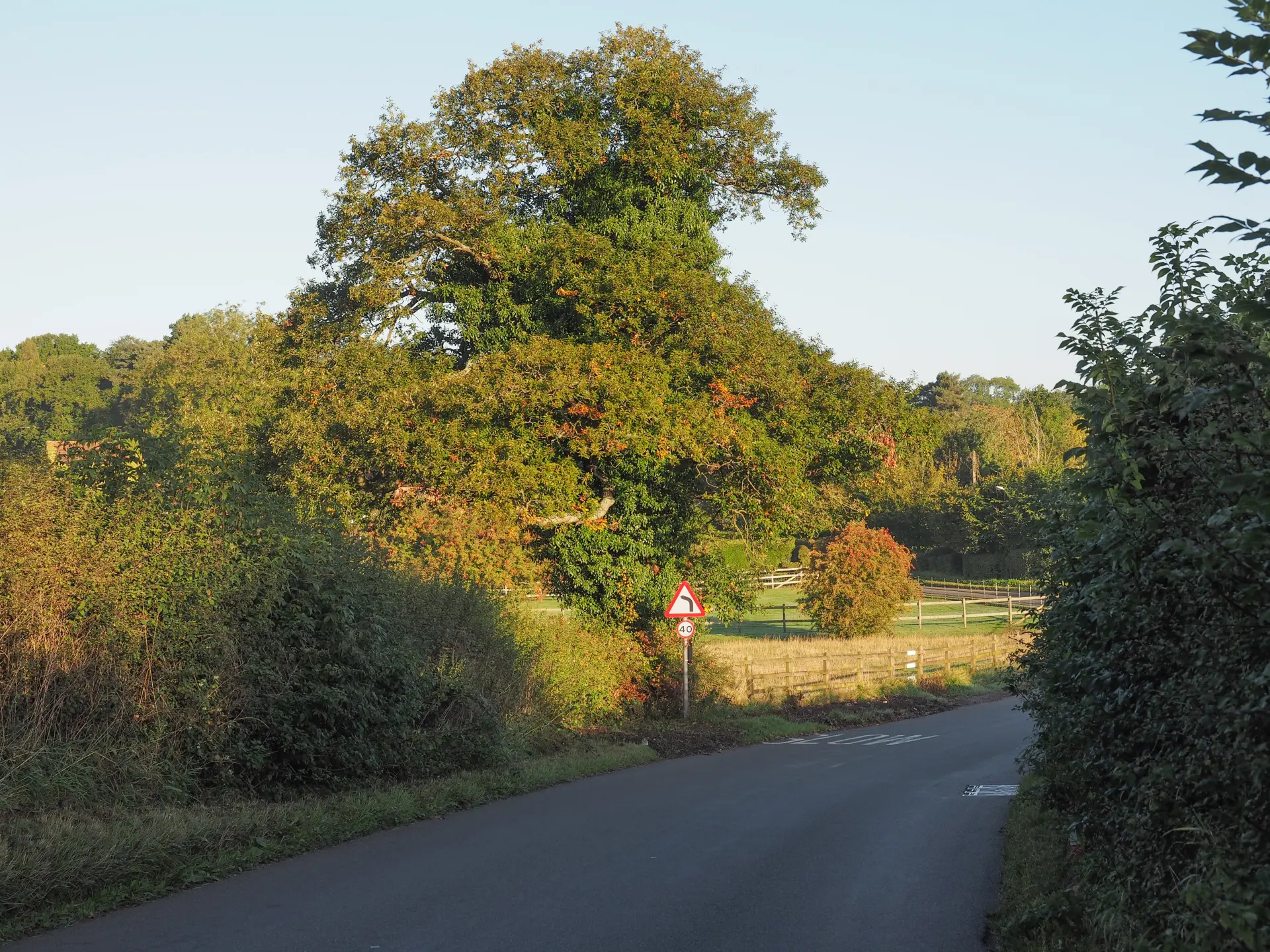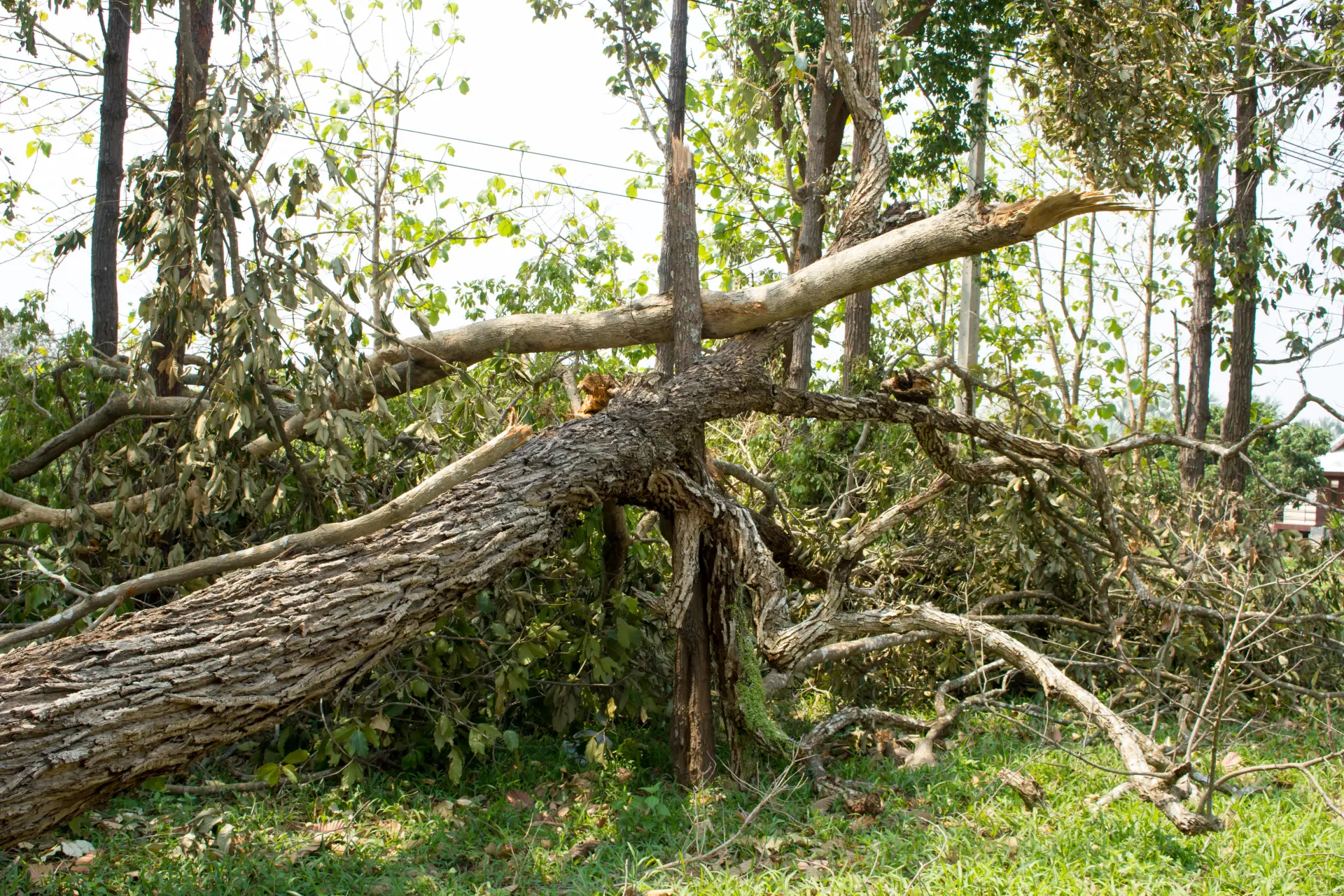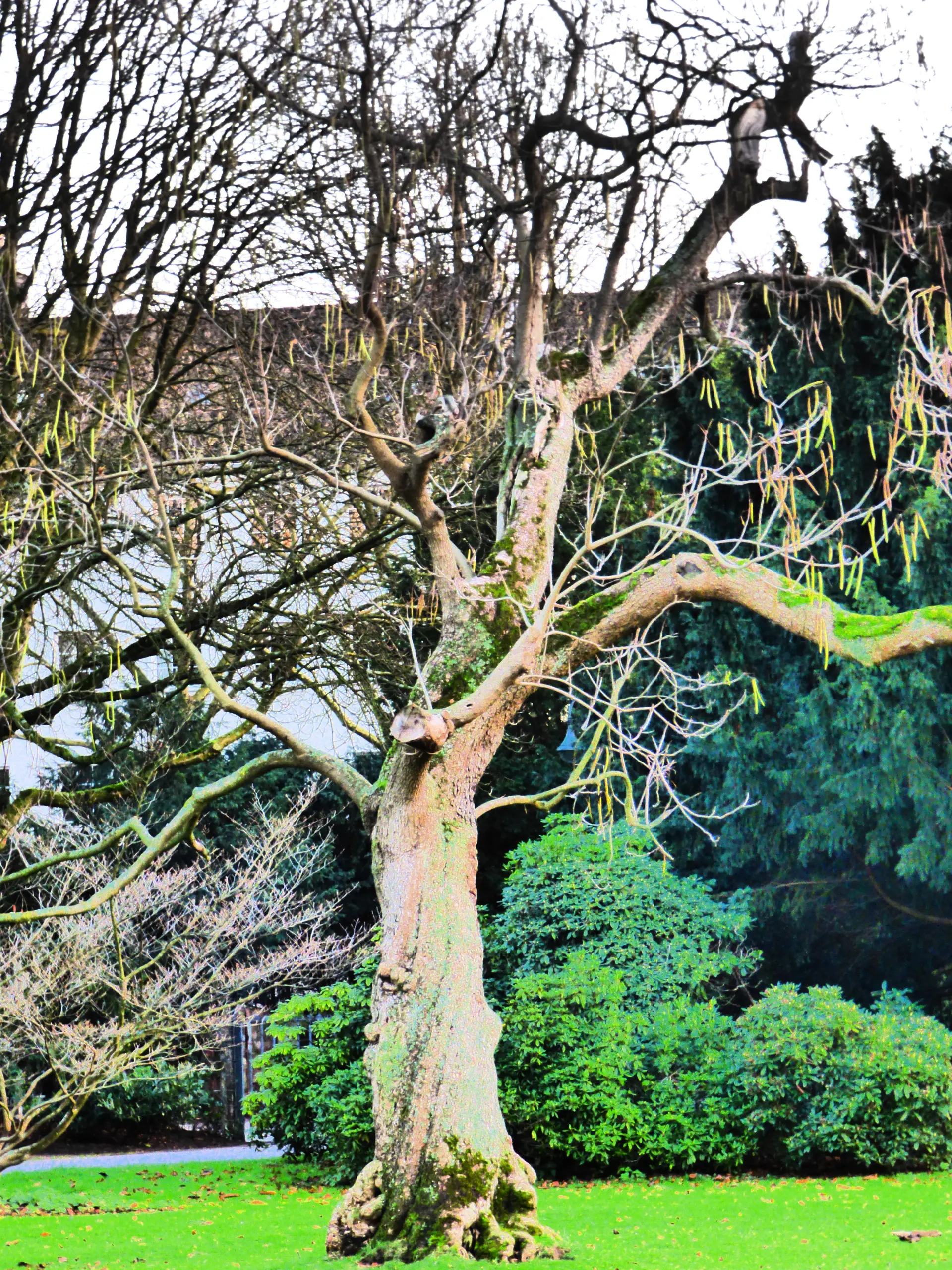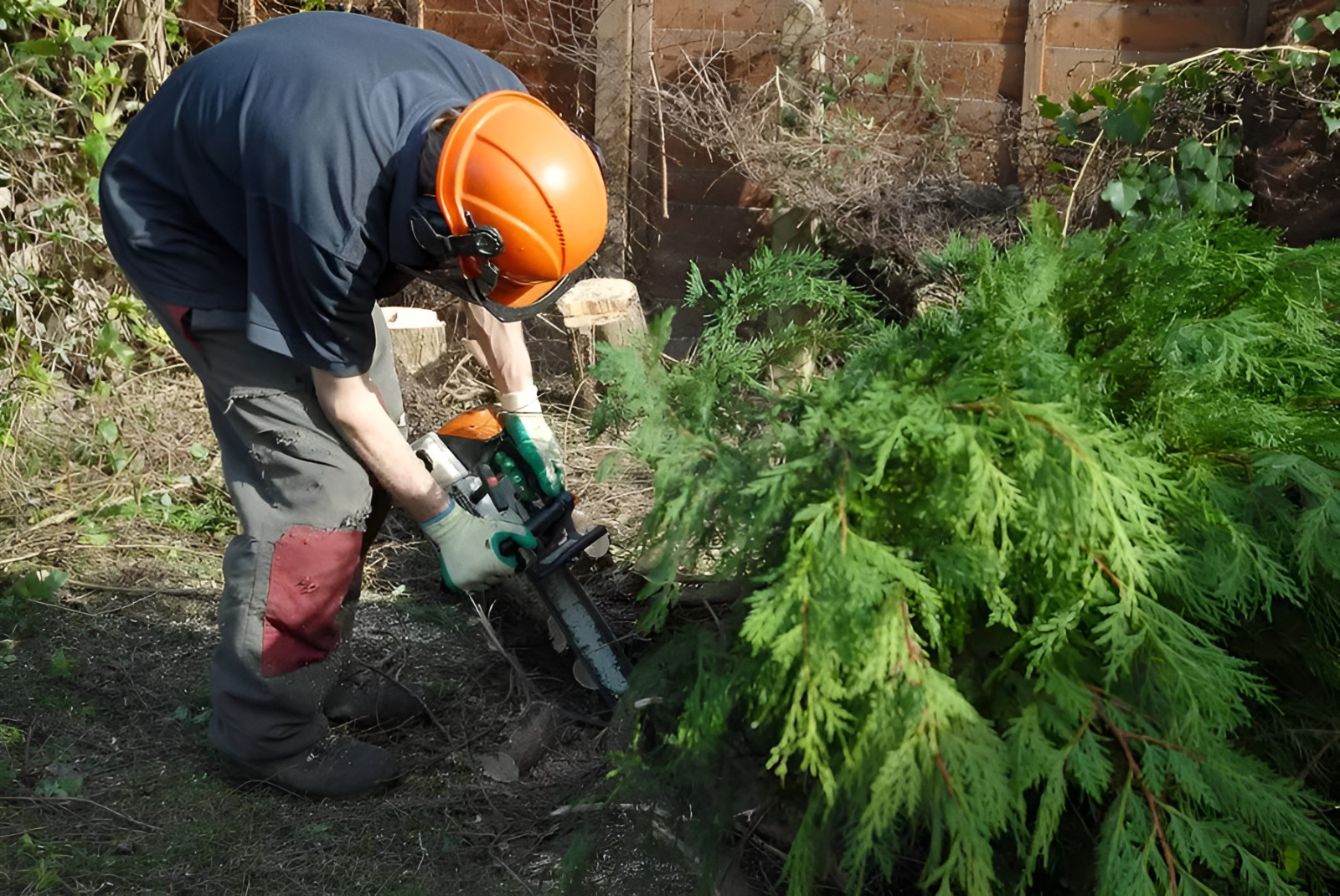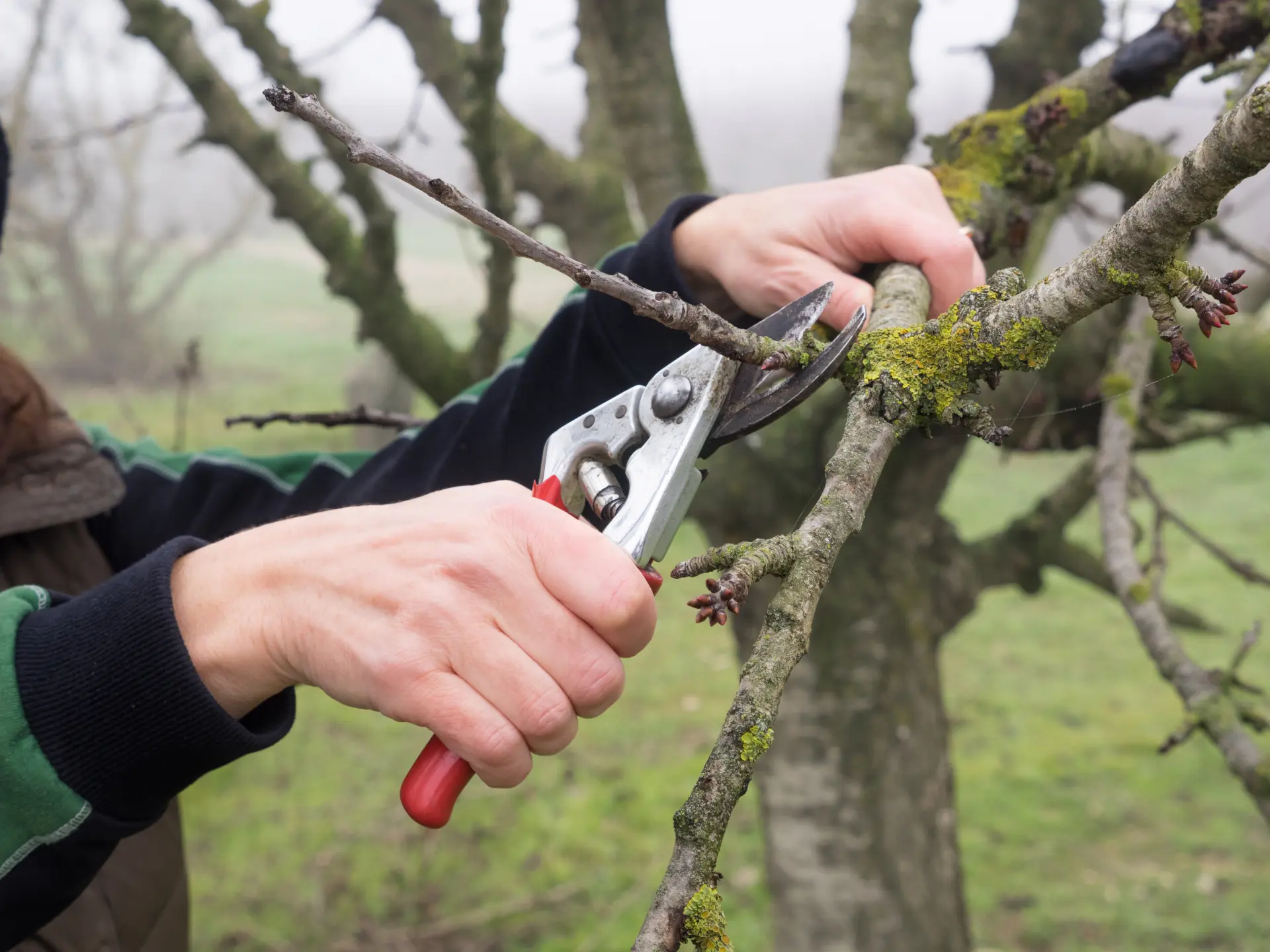When Do you need permission to remove a tree?
To determine whether you need permission or not, it's best to check whether the tree is legally protected. If it’s covered by a Tree Preservation Order (TPO), you must get written consent from the local planning authority (LPA) before cutting, topping, lopping, uprooting, or damaging the tree.
Trees in conservation areas also have similar requirements. If the tree's stem is over 75 mm in diameter at 1.5 m above ground, you need to give the LPA six weeks’ notice before starting any tree work. The council can then either approve the work, let the notice period expire, or make a TPO. Additionally, there’s also a duty to replace any tree that's been removed unlawfully.
The local wildlife can also stop or delay any tree removal work. It’s illegal to damage or destroy an active wild bird’s nest, so it's crucial to time the work accordingly in order to avoid the breeding period. All bat species and their roosts are also strictly protected under law, and any tree work that could disturb bats or damage their roosts should undergo a specialist survey, and the arborists should have a Natural England licence.
Trees in conservation areas
In the UK, trees in conservation areas are under special legal protection to preserve the character and appearance of these designated areas. If you want to remove, prune, or conduct any significant work on a tree in a conservation area, you need to notify your local planning authority (LPA) in advance.
If a tree’s trunk is bigger than 75 mm in diameter, you are required by law to give the local planning authority (LPA) at least six weeks’ written notice before starting any tree work. However, if you're thinning trees to benefit the growth of others, the diameter threshold increases to 100 millimetres. The six-week period gives the council time to assess the tree’s importance to the local environment and decide whether or not to impose a Tree Preservation Order (TPO).

If the council doesn't respond within the six weeks, you can proceed with the work, as long as a TPO hasn't been issued. However, carrying out tree work without giving the proper notice can be treated as a criminal offence, which could lead to a prosecution or substantial fines.
On the other hand, you don't need to give notice if the tree is dead, poses an immediate threat, or is causing a statutory nuisance. In these cases, it's best to take photographic evidence before removing the tree as proof. You also don't need permission if you're working on smaller trees that fall below the diameter threshold.
It's also important to consider the UK's wildlife laws alongside the conservation area rules. Nesting birds, bats, and other protected species can impact the timing or method of the tree removal service, even if you have LPA consent.
Tree Preservation Orders (TPOs)
In the UK, trees that are under a Tree Preservation Order (TPO) are given special legal protection to preserve them for their environmental, historical or aesthetic value. It's a criminal offence to cut, prune, uproot, lop, damage or destroy a protected tree without the written consent of the LPA. These protections apply to both individual trees and woodlands that are covered by the order, regardless of whether they are on public or private land.
To undertake any work on a TPO-protected tree, you must submit a formal application to the local planning authority (LPA). Your application should clearly describe the proposed work, explain the reasons behind your proposal, and include supporting evidence, such as an arborist’s report. The LPA will then assess your request and consider the tree’s health, its contribution to the landscape, and its public value. If consent is granted, you’ll typically be required to plant a replacement tree.
Trees on private property
In the UK, owning a tree on private property doesn't give you the right to remove or alter it. If the tree is under a TPO, you must obtain written consent from the local planning authority (LPA) before carrying out any work, such as pruning, removal or other alterations. Similarly, if your property is in a conservation area, you must give the LPA six weeks’ written notice if the tree’s trunk is more than 75 millimetres in diameter, since it allows the council to decide if the tree should be given further protection.
Additionally, you may need a Forestry Commission felling licence, even on private land, if the volume of timber removed is more than 5 cubic metres and the tree is outside an exempt location such as a garden or orchard.

Wildlife protection laws also apply to private properties. It's illegal to damage or destroy the nests and roosts of wild birds and bats in a tree. This means that even with LPA consent, the tree work may need to be delayed or adapted to avoid harming the local wildlife.
However, if a tree is structurally unstable or diseased, you may be able to remove it without formal permission, but you should document its condition with photographs and seek professional advice to avoid legal disputes or fines.
In summary, while you have the right to manage trees on your private property, you must ensure the work is compliant with TPOs, conservation area rules, felling licence requirements, and wildlife protection laws.
At A&T Tree Services Ltd, our certified arborists can provide removal services for hazardous, diseased or overgrown trees. We prioritise safety and eco-friendliness, and we always leave our sites clean, compliant, and ready for replanting new trees.

